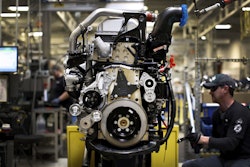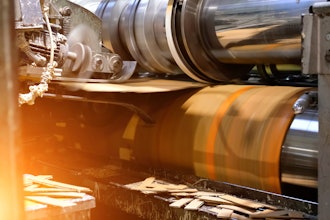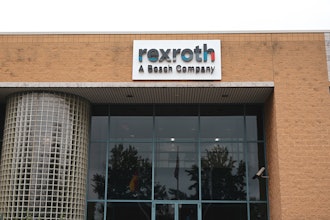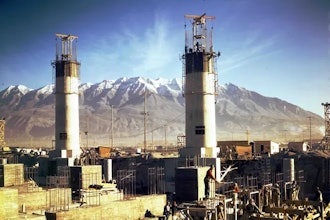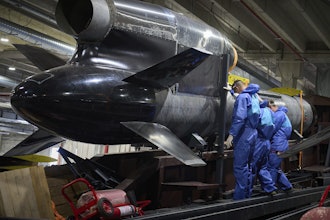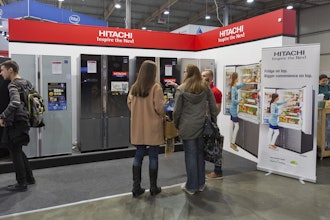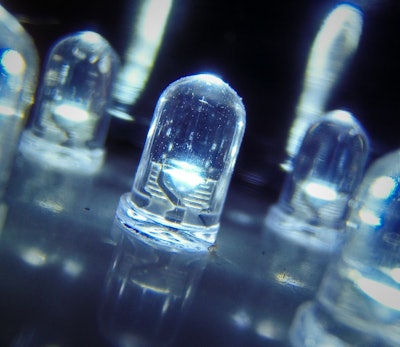
The Advantages of Solid-
State LED Technology:
Critical Indication In Utility
Control Panels
445 South Douglas Street • El Segundo Ca 90245 • (800) 421-6815
Topics
Predictable Life
Operating Temperature
Power Consumption
Premature Incandescent Failure
Advanced Circuit
Cost Savings
powerlineleds.com
The primary benefit of LED technology is the tremendous cost savings for the user as a result of eliminating
replacement cost, lowering power consumption, and reducing operating temperatures. Moreover, LED lamps
improve efficiency by providing reliable status indication.
LED Lamps Incandescent Bulb
Average Life Up to 100,000 hours 2,000 hours
Failure Mode Predictable Unpredictable
Lifetime affected by on/off operation No Yes
Resistant to shock and vibration Yes No
Operating temperature Low High
Power consumption Low High
Susceptible to cold filament inrush current No Yes
Since the early 1970’s, solid-state LED technology has offered a viable drop-in replacement for incandescent
bulbs in visible indicator applications. The advantages that solid-state LEDs offer are particularly suitable for
the utility industry where numerous lamps provide critical indication in control panels. Burned-out incandescent
bulbs require continuous, costly maintenance and create safety concerns. But why then have only a limited
number of utilities replaced incandescent indicators with LED lamps? This paper will show how wide-spread
panel lamp replacement with LED technology provides a payback in less than 12-months. This paper also dis-
cusses the issues of reliability and safety for critical indication applications.
Overview
Power Consumption
LEDs generally draw much lower current than incandescent bulbs. While lower power consumption reduces op-
erating costs, it also reduces wear on other components in the application such as transformers, batteries and
power converters.
Incandescent Bulb PowerLine® LED Lamp
6S6/120V 50mA 6S6L120-CWX 11mA
120PSB 25mA 120PSBL-NWX 5.8mA
387 40mA 387LP-X 16mA
1819 40mA 1819L-X-CX 17mA
Cold Filament Inrush
When cold, an incandescent filament draws ten times as much current as it does during normal operation. The
initial powering of hundreds of incandescent bulbs simultaneously causes significant voltage surges that lead to
lamp failures.
LED lamps, properly designed like those from DDP®, are designed with series resistors to limit the operating cur-
rent, resulting in no cold filament current variation.
GET LED LAMP CROSS REFERENCE FOR STANDARD INCANDESCENT LAMPS- CLICK HERE
Predictable Life-10,000 Hours
The most compelling advantage of using LED lamps over traditionally installed incandescent is the predictable
life of LEDs. LEDs are solid-state devices and, by definition, control current without heated filaments. When
used within its design parameters, an LED lamp will operate up to 100,000 hours (or 10 years). Furthermore, LED
lifetime is not shortened by turning the lamp on and off.
The life of an incandescent bulb is unpredictable - subject to catastrophic failure due to shock, vibration, or
cold filament inrush current. Initial powering of a control panel with numerous incandescent bulbs will generally
result in several failures.
LIFE (HOURS)
TUPTU
O TH
GIL
*Bulb life varies based on shock, vibration and number of on/off cycles
Incandescent Bulb
catastrophic failure*
after 2,000 hours
of operation
LED Lamp
Gradual degradation
over 100,000 hours of operation
Shunt Resistor
Because noise current as low as .25mA may cause the LED to illuminate dimly in the off state, DDP® LEDs are
designed with a built-in shunt resistor to bleed-off residual current. There are several sources of leakage current
in a circuit. Transient voltage from a relay or discharge from a capacitor creates circuit noise. Also, inherent in
the design of some programmable logic controllers (PLCs), is a triac protective circuit that may supply up to
5mA of leakage current in the off state.
Cost Savings
Based on an average incandescent bulb life of three months, converting to LEDs will pay for itself in material
costs alone within the first year. This payback period is only considering the cost of the incandescent bulb. It
does not take into account the labor cost associated with changing bulbs, power savings, operating down-
time, incandescent bulb inventory and ordering costs, and other significant factors.
The following graph depicts the average cost of replacing a $3.25 1835 incandescent bulb in one socket four
times a year. The cost of a single 1835LS2 lamp is fixed at $12.20 for ten years.
For a facility with only 1,000 lamps, the material savings alone would be approximately $3,000 after the first year.
Cooler Operating Temperatures
Since incandescent bulbs generate light by heating a fila-
ment, they also heat the lenses they illuminate. This causes
discoloration and eventual melting of the control panel
lenses. LED lamps generate much less heat than the incan-
descent bulbs they replace. Furthermore, heat is dissipated
through the base of the LED lamp, keeping the lens cooler.
With extended use of incandescent bulbs, where the indica-
tor is 90% or more illuminated, lens melting and discoloration
is common.
Heat Dissipation Comparison
DDP LED INCANDESCENTLED Lamp Incandescent Lamp
Heat Dissipation Comparison
Years
1835 Incandescent Bulb
Unit Price $3.25 (avg)
Annual Replacements: 4
0 1 2 3 4 5 6 7 8 9 10
$90
$80
$70
$60
$50
$40
$30
$20
$10
$0
A
nn
ua
l l
am
p
co
st
p
er
s
oc
ke
t
1835LS2 LED Lamp
Unit Price $12.20 each
Annual Replacements: 0Payback
10-Month




